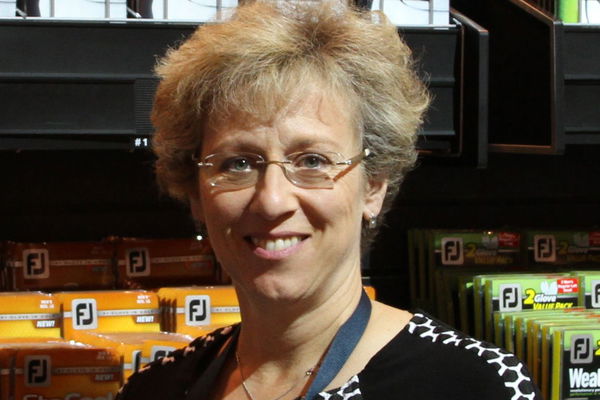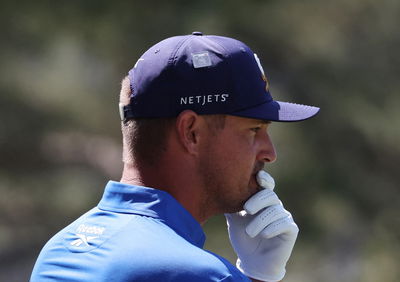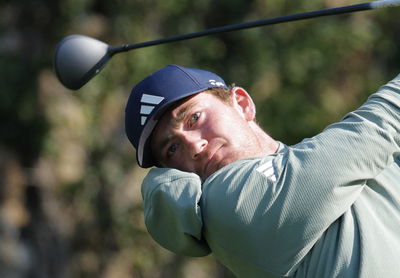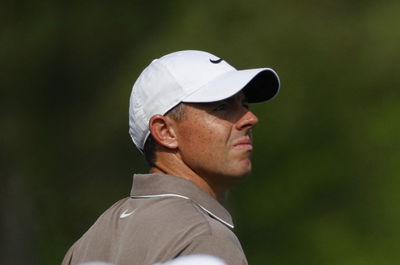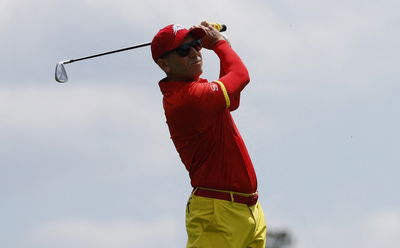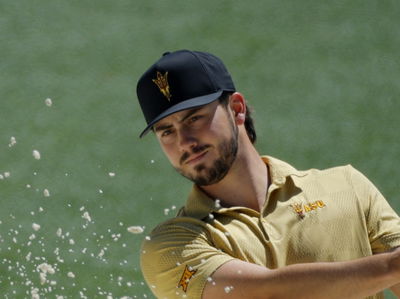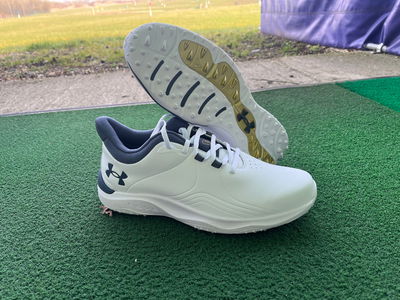Mitsubishi shaft guru: Expect graphite iron Tour growth
Mitsubishi's VP of sales and marketing talks Diamana dominance, controlling components and growing graphite
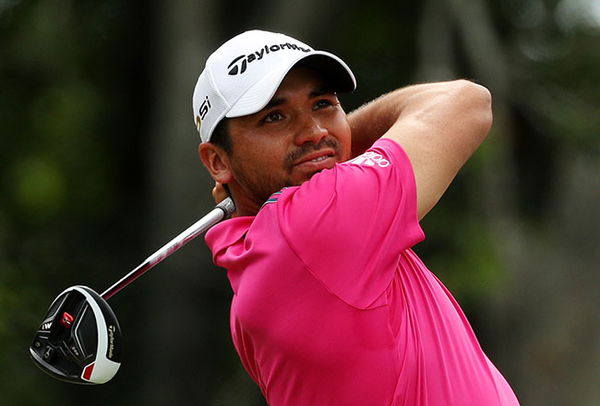
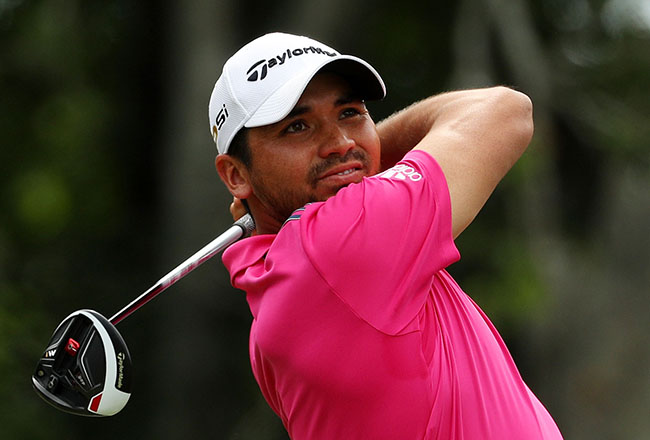
It's no secret the golf shaft oftens go under the radar when delving into a victorious Tour pro's golf bag every Monday morning.
The eagle-eyed among you, however, will realise Mitsubishi Rayon driver shafts are trusted by many of the world's best including world number one Jason Day (Kuro Kage XT 70 TX) and Masters champion Danny Willett (Diamana W 60 X).
And with good reason.
Now established as a dominant force in the golf industry, MRC Golf designs some of the best shafts in the game simply because it makes them from scratch. The company not only manufactures the shaft, but all of the criticial raw materials that make up the shaft including the monomer, acrylic fiber, carbon fiber, resin and prepeg.
IN THE BAG: JASON DAY
Over the last 30 years, Mitsubishi Rayon has developed more than a thousand different formulations of resin and made over a hundred types of fiber for many performance-based applications, including golf shafts, which have taken rise since 2004. This vertical integration allows the brand to make virtually any combination of resins and fibers required to optimise a golf shaft's design and performance.
To learn more about the company, the dominance of Diamana and the importance for amateurs to be playing the correct shaft, we sat down with MRC Golf's vice president of sales and marketing Mark Gunther, pictured below, during the BMW PGA at Wentworth.
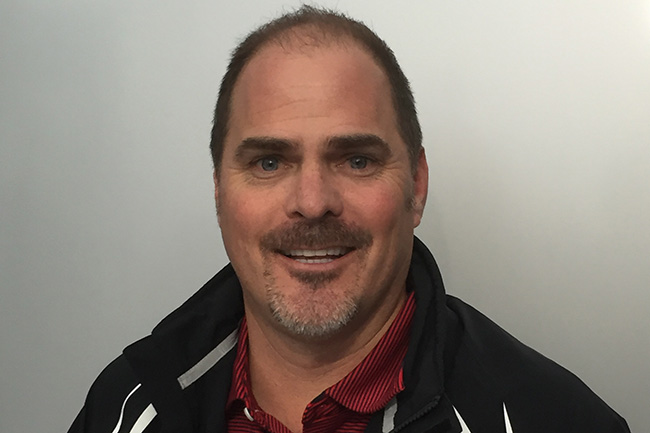
Mark, could you tell us about your current role at MRC Golf?
So I've spent more than 15 years in the golf industry following spells at Lynx and Callaway, and a total of 11 years working at Mitsubishi Rayon.
I was actually one of the original employees when I joined MRC Golf in 2004. Back then we had no office, no accounts, no distributors and hadn't even launched our first product. This was October 2004 and we launched the first Diamana shaft in January 2005, so it was a quick turnaround.
At present, my role is to oversee the sales, marketing and product development activities for MRC North American Operation Golf Shaft Division. On the marketing side, I have my Tour reps helping me around Europe and USA.
So what does a typical day for you entail?
I happen to live 30 miles from our office in Carlsbad, so I have a good commute both ways. The reality is I get up early and get on the road. I will usually be on the speaker phone in the car to my guys in Europe or my distributors in France or Germany, for example. I will then spend an hour talking to my Tour reps to see where everyone is at and get everyone to field questions.
The beauty for us is that we are based in Carlsbad so we are very close to most major manufacturers. Within a five-mile radius is the global HQ for the likes of TaylorMade, Callaway, Cobra and Titleist. So when I'm in the office, typically it's very heavy with meetings to internally check the status of projects. I have a set schedule, so Thursday is primarily Tour day and Friday is heavy OEM projects because it's a little bit quieter.
The unfortunate thing about my role is typically around 4 or 4.30pm when it becomes morning in Asia, some of those things can kick in. Fortunately, we have a lot of guys in our office that can speak Japanese, but it can be a perpetual day.
I have a team of 16 in our sales and marketing office in Carlsbad. In Japan, however, we've hundreds of staff, of which there are 12 or 13 shaft techies back there.
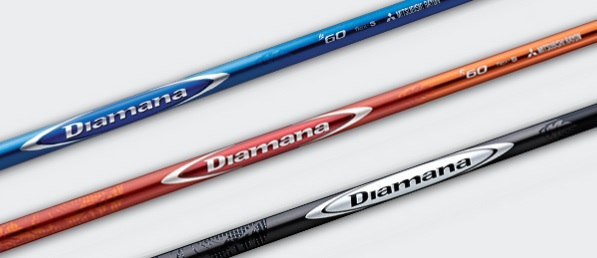
What are the best and worst parts of your job?
Being involved in the product development, marketing and sales side of things is really the best part and the fun part, but at the same time it can often feel like a lot to take on. I'm also on the committee for talking about product to Asia, which is great, but that means I have a lot of responsibility. It's fun to wear a lot hats but sometimes they get a little heavy!
It drives my eight-year-old daughter crazy, but we are always watching golf at home. When I know we have a guy in the chase for any tournament down the back nine on Sunday, and they're playing our product, I get excited for not only Mitsubishi but also my Tour team who get compensated to make this stuff happen.
How dominant are Mitsubishi driver shafts on Tour right now?
Last year on the PGA Tour, Mitsubishi led with 15 driver shaft wins. In the 11 years I've been working here, we have led the driver count 10 times and tied once. So far in 2016, we've already had nine wins on the PGA Tour with six for the Kuro Kage 70 XT and three with Diamana. At the time of this interview, we've also had five global wins in the last eight days.
Since we started in 2004 with our Carlsbad office up to the present day, we have had close to 170 driver shaft wins on the PGA Tour. The Diamana brand itself has won 110, which even on its own has more wins than any other shaft competitor - none of our rivals have even hit a 100 yet. We also had the most number of driver shaft wins on the European Tour last season with 17, so it's been great to see an expansion across the pond.
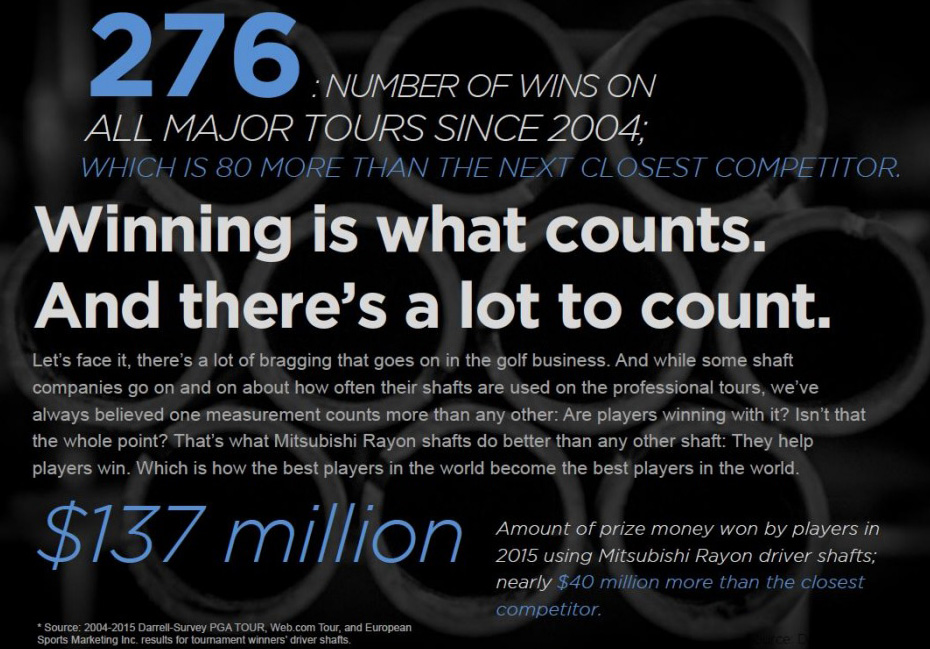
Do the Tour players typically like to dabble between their Mitsubishi driver shafts?
There are certain players who continue to play our product and will always want to try any new product we bring out. Then there are other guys who have maybe played the same shaft for at least seven years, but just won't change because they're happy with what they've got. While that can be frustrating for us, we cannot complain as they're still using one of our shafts. I've actually had to send paint kits to caddies of PGA Tour players to touch up the shaft because of the wear marks! We tell them we can happily fit them up with a fresh new shaft, but they're like "no it's fine, it's superstition."
IN THE BAG: DANNY WILLETT
While your dominant Tour count speaks volumes, what do you believe separates Mitsubishi Rayon driver shafts from your rivals?
First and foremost, we're more than a shaft manufacturer and we're vertically integrated. So we don't just make shafts, we make all the raw materials. That gives us access to material innovations and new ideas that our competitors just can't get access to. I think that also gives us control and quality, but at the same time, that's why we're not necessarily one of the most inexpensive.
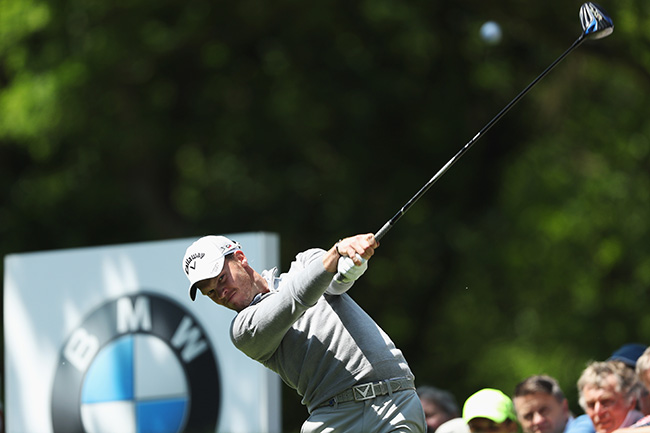
How important is it to be custom fit for golf clubs in 2016?
It's very important, but much more so for the amateur golfer who is keen to improve their game.
Every player has a unique swing, and in order to optimise their distance and control, every player needs a unique set of performance characteristics from the shaft and head they play. To find out which head and shaft combination works best for someone, we would always recommend they visit an authorised dealer for a fitting.
The biggest misconception of shafts is when amateurs say they are not good enough to be custom fit. At the end of the day, a custom fitting benefits these players much more than the Tour professionals.
Whereas the Tour pro is looking to find a shaft that optimises their accuracy and distance, it's the amateur, or at least the game improver who is more than happy to just to find a fairway. A Tour pro can survive a poorly fit club; I mean they are skilled enough and can make adjustments in terms of their swing speed etc. On the other side, the amateur who plays for enjoyment and has a poorly fit club, it's just going to ruin their day. If you had an A-flex shaft and you're swinging north of a 100mph, for example, you're likely going to want to give up the game.
FEATURE: BENEFITS OF CUSTOM FITTING
Some people in the equipment industry tell us the shaft is the first most important thing to get right in a golf club, while others believe it is more about swingweight, head, loft and lies. What is your take?
The consumer has a lot of options today, but the right combination of head, shaft and flex in a golf club, on top of playing the correct golf ball, is the holy grail. Getting all of that right is paramount for the amateur's enjoyment. Getting the golf shaft right is very important at the end of the day because you are building a golf club.
However, as important as shafts are - and I know they do play a key role - you need to start with the head at least from the standpoint of the consumer.
Most amateurs want to feel confident over the ball, so finding their preferred type of head in terms of looks and weight and how it can affect the shaft is an important first decision.
From a Tour level point of view, these guys are getting paid to play with their clubs. So from my point of view, if someone is a Callaway staff player, then I want to know if they are using an XR or a Big Bertha head. These decisions dictate whether we stick with a shaft or change.
What is your reaction when someone says 'the shaft is the engine of the golf club'?
I'd personally disagree with them as I consider the golfer to be the engine.
The human is creating the engine of the swing, while the golf club is transmitting the energy to the ball. So for me, the shaft is the key element because it's helping transmit the energy.
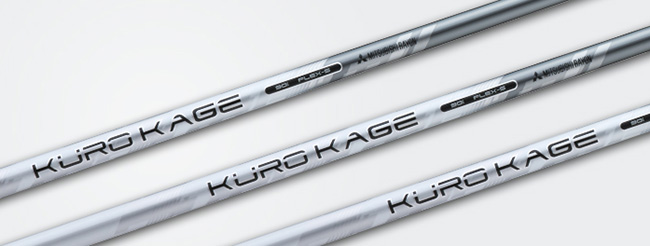
Where would you like to see MRC Golf in five years time?
More of the same for us would be great. It's been a great run for 11 years but we're always striving for bettter. I think it's always difficult to stay on top, so if we can continue to maintain our position as one of the best manufacturers of golf shafts and to continue working with the best players, we'll be very happy.
I think the biggest changes for me and the growth of our company will be the amount of graphite iron shafts you begin see on Tour. I think the technology is coming, and that could be interesting. This is something in our five-year plan to work on that, but we'll have more on that soon.
What's your analysis of the golf industry right now?
It's okay. The overall golf in general is in a good place, and there is lots of innovation happening in the equipment side. It's great to see the amount of quality players on Tour now with the likes of Jason Day, Rory McIlroy, Jordan Spieth and Danny Willett.
The game is in good hands, but there's no question the game is missing Tiger Woods. It would be great to see him get back on the course, even if he's half the player he once was. He draws a crowd like no other.
Ever used a Mitsubishi shaft? What is your preferred shaft choice? Share your thoughts in the forum, on Twitter, Facebook, Instagram or YouTube.
